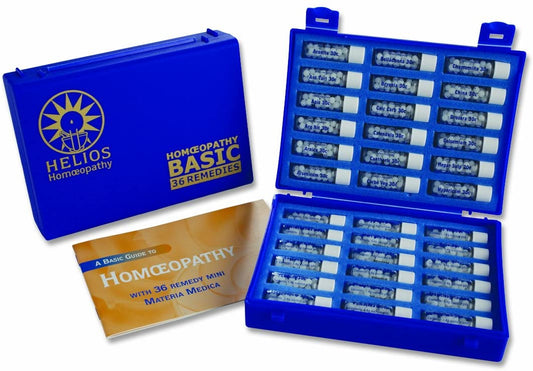Pulsatilla is a homeopathic remedy made from a pasque flower, also referred to as windflower.
Some Symptoms Helped by Pulsatilla
Pulsatilla is used for many acute ailments. The person may be clingy and weepy as well as experiencing constantly changeable physical symptoms. Here are some of its more common uses:
- Respiratory Conditions: Pulsatilla is often recommended for colds, coughs, and sinus infections, particularly when symptoms include thick, yellowish-green mucus and a lack of thirst.
- Digestive Issues: It can be helpful for indigestion, especially when symptoms are worse after consuming rich or fatty foods.
- Menstrual and Hormonal Imbalances: Pulsatilla is frequently used to alleviate symptoms of premenstrual syndrome (PMS), irregular periods, and menopause, especially when accompanied by mood swings and weepiness.
- Emotional and Mental Health: This remedy is often suited to individuals who are gentle, sensitive, and emotional, tending to feel better with consolation and reassurance.
Modalities
In homeopathy, modalities refer to factors that improve or worsen the symptoms. For Pulsatilla, symptoms typically improve with:
- Cold applications: Applying cold compresses can relieve the burning and stinging pains.
- Fresh air: Being in cool, open air often alleviates the symptoms.
- Being held or consoled: Even better after a good cry!
Conversely, symptoms tend to worsen with:
- Warmth: Warm stuffy rooms or getting overheated can aggravate the condition.
- Fatty foods: Eating fatty foods can cause digestive issues, headaches or muscle aches.
Dosage and Administration
For the purposes of this blog and one's education using our Homeopathy Primer book, we are advocating getting homeopathic remedies in 30c potency or lower (usually 6c or 12c). Higher potencies should only be taken if recommended by an experienced homeopath.
As you learn more about homeopathic remedies, you will know that it is important to give one dose of a remedy, then observe and evaluate. If the person is extremely uncomfortable, you might need to give the remedy more frequently at first and then slow down or stop once the person is feeling better. Please refer to the dosing suggestions in Chapter 2 on Taking the Case and Giving the Remedy.




